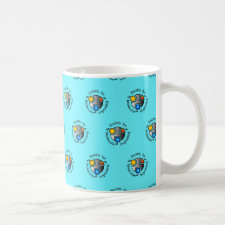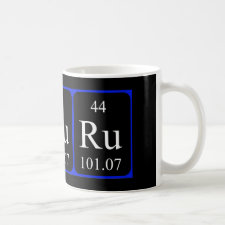
Authors: Zeng JX, Zhang Z, Zhou H, Liu GQ, Liu Y, Zeng LW, Jian J, Yuan ZQ
Article Title: Ion-imprinted poly(methyl methacrylate-vinyl pyrrolidone)/poly(vinylidene fluoride) blending membranes for selective removal of ruthenium(III) from acidic water solutions.
Publication date: 2019
Journal: Polymers for Advanced Technologies
Volume: 30
Issue: (7)
Page numbers: 1865-1877.
DOI: 10.1002/pat.4619
Abstract: While conventional approaches have been studied for removal of ruthenium(III) ions (Ru(III)), this work focuses on the applicability of ion-imprinted poly(methyl methacrylate-vinyl pyrrolidone)/poly(vinylidene fluoride) blending membranes (Ru(III)-ion-imprinted membrane[IIM]) for selective removal of Ru(III) from acidic water solutions. In order to measure the effectiveness of these imprinted membranes, after fabrication, binding experiments were done with aqueous Ru(III) solutions. The results showed that Ru(III)-IIMs were fabricated successfully at various blending ratios, and their chemical components, microstructures, hydrophilicity, and water fluxes were measured. In pH range 0.5 to 5.0, binding capacity (Qe) of Ru(III) onto Ru(III)-IIM increases remarkably with pH and then reaches to a maximum value (53.52 mg/g) at pH 1.5. After that, Qe gradually decreases. Compared with a nonimprinted membrane, Ru(III)-IIM demonstrates higher selectivity for Ru(III) at pH 1.5 in the presence of Ni(II) and Cu(II) ions, and its selectivity coefficients for Ru(III)/Ni(II) and Ru(III)/Cu(II) are 3.70 and 3.32, respectively. Also, Ru(III)-IIM shows a good chemical stability and reusability. C-N and C=O bonds within poly(vinyl pyrrolidone) segments of poly(methyl methacrylate-vinyl pyrrolidone) (P(MMA-VP)) participate the uptake of Ru(III). Ru(III)-IIM exhibited excellent hydrophilicity and Ru(III) selective adsorption ability and reusability and has potential to be used for Ru(III) removal from acidic water solutions
Template and target information: ruthenium ion, Ru(III)
Author keywords: Binding properties, ion-imprinted membrane, Ruthenium(III), selective removal



Join the Society for Molecular Imprinting

New items RSS feed
Sign-up for e-mail updates:
Choose between receiving an occasional newsletter or more frequent e-mail alerts.
Click here to go to the sign-up page.
Is your name elemental or peptidic? Enter your name and find out by clicking either of the buttons below!
Other products you may like:
 MIPdatabase
MIPdatabase









